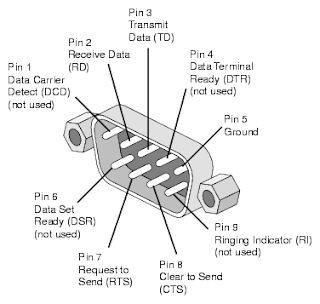It's easy to understand why many think that TCP/IP (not to mention an XML schema model) is a bit bloated for the inexpensive radios normally used in 802.15.4 networks. The fact that many 802.15.4 products are battery operated compounds the problem.
San Ramon, Calif. – July 15, 2011 – The ZigBee® Alliance, a global ecosystem of organizations creating wireless solutions for use in energy management, residential, commercial and consumer applications, today announced a revised Smart Energy version 2.0 standard is available for public review and comment.
The revised draft 0.7 document includes progress made by the Smart Energy Working Group on a variety of topics identified during the last ballot. The draft now enters the next 30-day ballot period and simultaneously, the Alliance will collect comments from various key external stakeholders and the public at large.
“The ZigBee Alliance is committed to shepherding Smart Energy 2 through the various development milestones as efficiently and effectively as possible, while living up to its obligation to ensure an open and transparent process of standards development,” said Bob Heile, chairman of the ZigBee Alliance. “Continuing to involve the greater Smart Grid community is a promise we made because we know that gathering public input will ensure that Smart Energy 2 is a robust industry standard developed with the highest levels of participation and industry cooperation.”
Public comments on the Smart Energy 2.0 Public Application Profile are accepted through online submission and all documents can be found at www.ZigBee.org/SmartEnergy. All comments must be received by August 15, 2011. The Alliance will announce future public comment periods based on the successful completion of development milestones.
See full press release from the ZigBee Alliance




